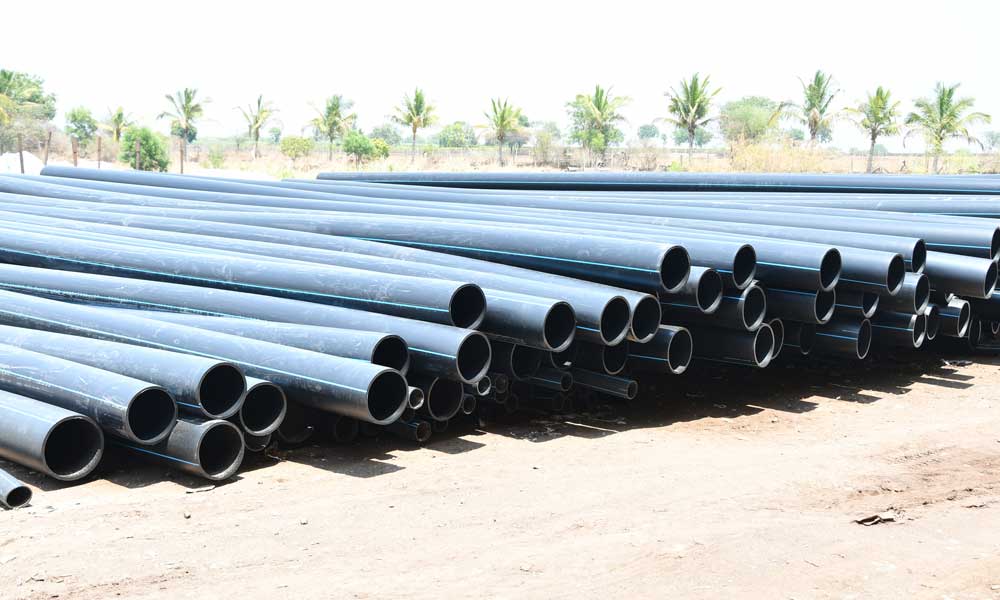
Oil & Gas
HDPE pipe may be a sort of flexible plastic pipe used for fluid and gas transfer and is usually wont to replace aging concrete or steel mains pipelines. Made from the thermoplastic HDPE (high-density polyethylene), its high level of impermeability and powerful molecular bond make it suitable for top pressure pipelines. HDPE pipe is employed across the world for applications like water mains, gas mains,sewer mains, slurry transfer lines, rural irrigation, fire system supply lines, electrical and communications conduit, and stormwater and drainage pipes.
The toughness and resistance to chemicals of polyethylene, as well as the corrosion resistance and low weight have contributed to its growing use in situations where cost-effective and durable fluid and gas piping systems are required. According to a handout from the Plastics Pipe Institute, “PE piping has been used for water and other fluids in Europe and America since the 1950s because of its durability, leak-free joints, resistance to corrosion, and long-term cost-effectiveness.”
HDPE pipe can be joined by butt welding, electrofusion welding, socket welding, or extrusion welding. These joints heat the pipe during the joining process, creating a very homogenous joint therefore the weld becomes as strong, or stronger than the prevailing pipe on either side of the weld. There is no got to use rubber seals or jointing chemicals, as is employed for joining PVC pipe, which causes environmental health issues and increases the prospect of failure over time. PE is a smaller amount likely to possess problems with root intrusion, and provides integrity for the pipeline, even when installed in unstable soils.
HDPE communications conduit pipe being installed by directional drilling in Perth, Western Australia
Due to the fusion-welded system, the need for anchors or thrust restraint blocks is eliminated, as the joints become fully end load resistant, reducing costs for material and installation time. This also allows for safer excavation close to the pipeline in the future, which is particularly important for high-pressure gas pipelines. Coils of PE Pipe make trench-less installation safer and fewer intrusive on the encompassing environment.